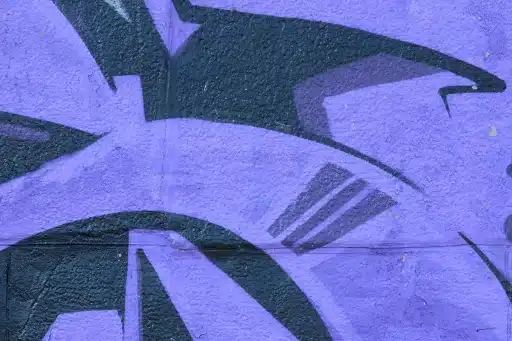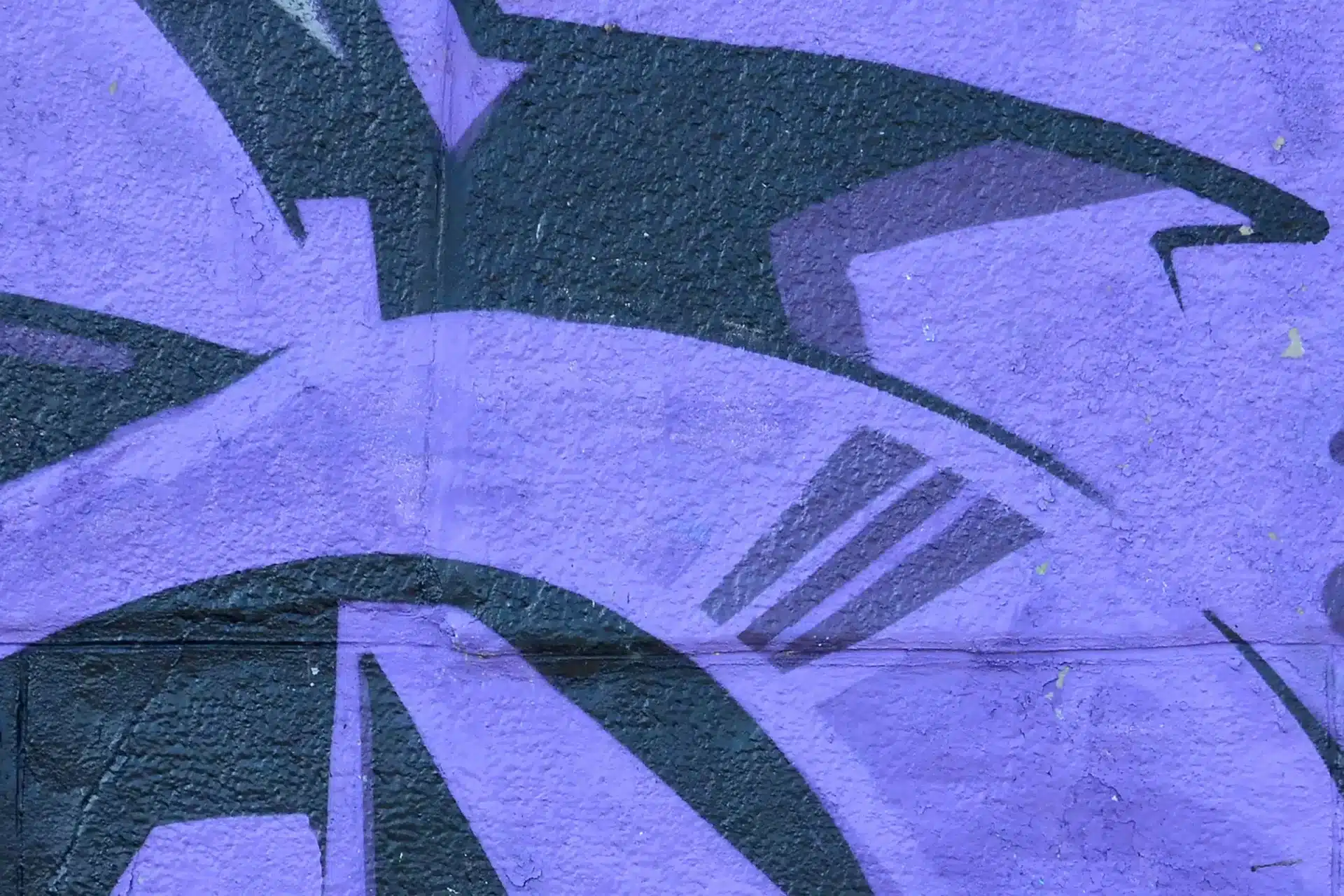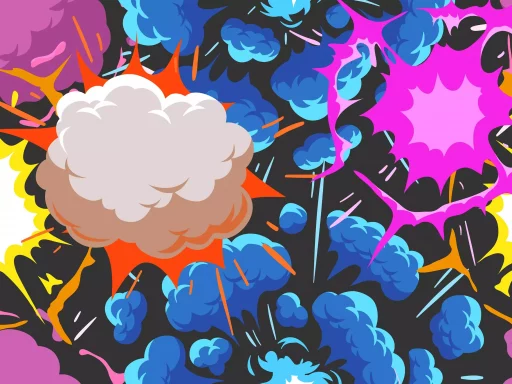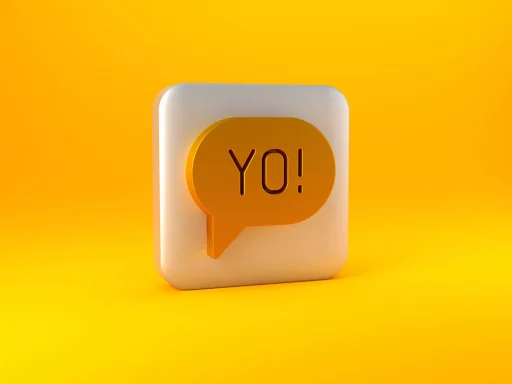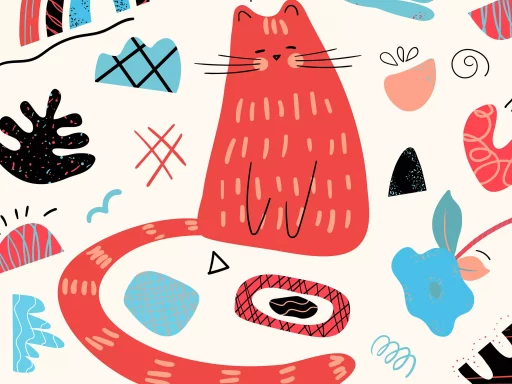Introduction to ‘Tina’
In recent years, the slang term “Tina” has emerged in various social contexts, mostly within younger demographics. Initially associated with a popular drug, Tina has undergone an evolution in its meaning and usage. This article delves into the different connotations of ‘Tina,’ exploring its origins, implications, and the social environment surrounding it.
The Origin of ‘Tina’
The term ‘Tina’ is often a colloquial reference to methamphetamine, a potent and addictive stimulant that has captured headlines due to its devastating effects on communities. While the drug has been known by various names, its nickname ‘Tina’ has gained traction in specific geographical areas and among particular social circles.
Tina in the Context of Substance Abuse
In this context, Tina has become a symbol for methamphetamine use and the lifestyle surrounding it. The drug is prevalent in LGBTQ+ communities and is often linked to sexual experiences, party culture, and risky behavior. The connotations connected to Tina go beyond the substance itself, often involving themes of escapism, addiction, and community.
Statistical Insight on Methamphetamine
According to the National Institute on Drug Abuse (NIDA), methamphetamine is surging in popularity across the United States. Here are some statistics to consider:
- In 2021, approximately 2.5 million people in the U.S. reported using methamphetamine in the past year.
- From 2019 to 2021, the rate of meth-related overdose deaths increased by 47%.
- About 70% of those using meth reported that the substance is widely available in their communities.
Expressions and Usage of ‘Tina’
The slang usage of Tina can be found in various expressions and social settings:
- “I’m going to get some Tina for the party.” – This implies procuring meth to enhance a social gathering.
- “Tina is hitting hard this weekend.” – This indicates a spike in use or the prevalence of meth during a particular event.
- “I’m done with Tina; it’s time to get clean.” – This reflects a person’s attempt to quit using meth.
These phrases illustrate how Tina is often interwoven with social interaction, presenting a complex relationship with the drug within certain cultures.
Case Study: The LGBTQ+ Community and Tina
The association of Tina with parties and the LGBTQ+ community has been the subject of various studies. A 2018 report titled “Methamphetamine Use Among Gay/Bisexual Men” highlighted that 14% of respondents reported using methamphetamines in the past six months.
Researchers noted that many users cited the stimulating effects of Tina and its ability to enhance sexual experiences as reasons for its use. However, the consequences were dire, including increased risk of HIV transmission and other sexually transmitted infections.
Understanding the Cultural Importance
Understanding the culture around Tina requires acknowledgment of the struggles and challenges faced by those involved in substance use. While the drug may appear glamorous or appealing in certain settings, there are heavy repercussions tied to its use.
Resources for Support
Several organizations focus on helping individuals struggling with methamphetamine addiction. Some notable resources include:
- The National Institute on Drug Abuse (NIDA) – Provides comprehensive information about meth addiction and treatment options.
- Substance Abuse and Mental Health Services Administration (SAMHSA) – Offers a national helpline for those seeking help.
- Local Support Groups – Communities may offer recovery programs specifically tailored for those affected by drug use.
Conclusion
The term ‘Tina’ highlights the broader discussion about substance abuse and its consequences on individuals and communities. While Tina may initially surface in slang, it signifies a much deeper issue that requires awareness, understanding, and community support. Recognizing the implications behind the term encourages healthier dialogues around addiction and can foster environments for recovery.
